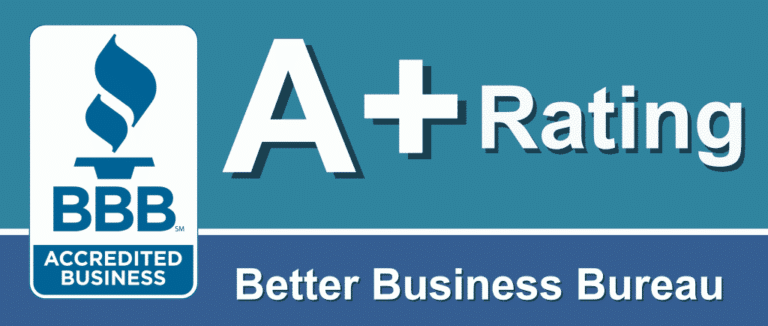Attention Deficit Disorder (ADD/ADHD), Depression, Seizures, Cerebral Palsy, Head-Injury Symptoms, Post-Stroke Symptoms, Autism, Obsessive Compulsive Disorder, Anxiety, Poor Memory, Difficulty Concentrating: What do these very different conditions have in common?
They all involve one of the most important organs in the body – our brain.
Matthew, a fifteen year old teenager, had been on medication for years to address his diagnosed Attention Deficit Disorder. His mother was determined to find a natural way to help him because the side effects of the medication were becoming a problem. She believed taking a natural approach had to be a much better alternative.
Karen, a working mother, was struggling with significant tremors in both her hands. It was affecting her work as well as her ability to take care of her home. This debilitating symptom of her chronic Lyme Disease was getting worse and she didn’t know where to turn.
People with conditions affecting the brain may derive great benefit utilizing a cutting-edge technology known as All Digital “Real-Time” EEG Neurofeedback.
Before addressing the question, “What is EEG Neurofeedback?”, we must first describe what an EEG is. EEG stands for Electro Encephalogram. Similar to its cousin, the ECG (or EKG), which measures the electrical activity of the heart; an EEG measures the electrical activity of the brain. The brain, with its millions of specialized nerve cells communicates with the body via subtle electrical impulses that travel up and down the spinal column. These electrical impulses initiate everything from thought to movement. Using EEG’s, doctors and researchers have been able to “listen in” to these whispers of the brain. In doing so, there has been established both normal and abnormal brain wave patterns for various states of consciousness.
There are four basic wave types to understand – Delta, Theta, Alpha and Beta.
In a normal focused state, the brain will display mostly Beta waves, while in a relaxed state there will be more Alpha waves. Theta wave activity is usually seen in the initial stages of sleep, while Delta is seen in the deepest stages of sleep.
Different conditions display abnormal brain wave patterns.
In a number of conditions, the brain tends to have more Theta waves than it should. An example of this is ADD/ADHD (Attention Deficit Disorder). The elevated number of Theta waves in the brain of the ADD/ADHD individual would interfere with his ability to focus. Thus his brain is in a state not unlike the brain that begins to drift off to sleep. No wonder such people have difficulty concentrating!
Using EEG Neurofeedback
Unlike your car which flashes a warning light on your dashboard to let you know when there is a problem, the brain has no sensors to check for optimal functioning. The brain cannot readily perceive what it is doing. However, the EEG becomes the “sensor” for the brain. With Real-Time EEG Neurofeedback the brain receives positive feedback when exhibiting “good” brain wave patterns. The brain can learn and remember.
This would be analogous to telling your friend to comb her “out-of-place” hair. You can try and direct her to “comb it a little this way”, or “a little bit more over there”, but usually she won’t be doing a very good job, as she can’t see the hair that is “out-of-place”. The easiest way to correct her “out-of-place” hair would be to bring her a mirror. Now she can easily see which way she should use her brush. Using the EEG Neurofeedback device is much like giving your brain a mirror to check itself, so that it can “comb” its brain waves back in to the right pattern!
When a patient sits down for an EEG training session, electrodes are simply placed on the scalp. The location of the electrodes is determined by the area of the brain that needs to be treated. There is no electricity or anything else going into the patient through the electrodes. They are only there to pickup and amplify the brains own electrical activity. During the sessions, the brain learns to set up better brain wave patterns. You may wonder how this is possible.
Quite simply, your brain sets up new patterns all the time while learning a new task, such as when you are learning a golf swing. One may hit the ball poorly at first, but if you were to watch a video of your swing and get “positive feedback” from a golfing pro you would begin to learn what feels right and eventually the brain would tell your body how to execute the swing without thinking about it. What if you could do a similar video analysis of your brain waves, actually being able to observe when the brain fires correctly and when it doesn’t? With “Real-Time” EEG, it is not only possible, but as the name implies, you see the results in “Real Time”. By receiving positive feedback when the brain exhibits a “good” brain-wave pattern, the brain learns and remembers how to exhibit the “good” patterns.
Matthew, our previously mentioned young teen, with trouble focusing and concentrating on his school work did a series of EEG Neurofeedback sessions. Both Matthew and his mother were delighted with the results. His grades improved greatly and with that, his confidence and self-esteem bloomed. Mathew thanked us for making such a difference in his life!
Karen, our mother with neurological tremors, was determined to try the EEG sessions. After a series of training sessions, Karen expressed her surprise, “I can’t believe it, my tremors are almost gone!”
If one has ADD/ADHD, learning disorders, difficulty concentrating, poor memory, anxiety, or other brain dysfunctions, Real-Time EEG Neurofeedback should definitely be considered. It is a non-invasive and safe technology that can help “Pump up the Brain”.
© Adam Breiner, ND, 2007
Patented by Margaret Ayers, PhD, Neuropathways™ Real-Time EEG Neurofeedback is the most advanced of the EEG feedback devices in the market.
The information presented is for educational purposes only. You should consult a qualified health practitioner for diagnosis and treatment.


